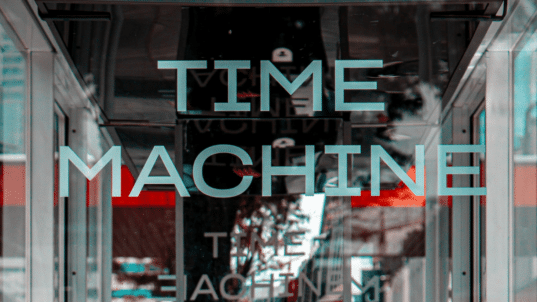
Photo by Rakicevic Nenad from Pexels
Dr. Jeffrey Swank was fed up with his class. He taught a Problems in Social Science class in which students were asked to explore current issues confronting society. The in-class discussions were not going well. Mostly the students were simply regurgitating talking points from TV. They were unwilling to think for themselves.
When Swank confronted students about their lack of original ideas, they responded by whining, “we’re just not creative.” Swank decided to build some creativity experiences into his class discussions. One of those he called “forced connections.” Basically, he would give students a problem to explore, and then he would give them a collection of unrelated items that they had to connect to the problem. The items could be words, pictures, quotations, or anything that would jar the “I’m not creative” mindset. The forced connections would become the source of new possibilities for resolving the problem.
Swank started class by saying, “think about how we can control the misinformation that is so prevalent in our society today. I’m giving you a collection of 100 words. There are nouns, verbs, adjectives, and adverbs. I want you to write a rap song about what we can do to reduce misinformation using as many of these words as possible.”
Students were stunned. Then something interesting happened. In each group, one student came up with a line of the emerging song. Other students started joining in. As the lines started to grow in number, a theme started to develop about misinformation. The themes from the groups went beyond the talking points normally associated with misinformation.
When the class was over, Swank asked the students to do a video of their rap song to share with others on social media. The videos were a huge hit and went a long way to dispelling the notion that the students weren’t creative.
The next class, Swank posed a new discussion challenge: “How do we foster more creative thinking in our education systems?” Each group started their discussion by telling their own stories. Then they began to explore what they learned from the last class about the development of creative abilities.
The discussion results were amazing, insightful and most importantly – creative.
You can find a other activities focused on stimulating creativity in collaborative discussions, such as Seeking Innovation or Building on the Ideas of Others, in the Interactivity Foundation’s Collaborative Discussion Toolkit.
* * *
“Creativity involves breaking out of established patterns in order to look at things in a different way.” –Edward de Bono (psychologist, author, and consultant)
This post is part of our “Think About” education series. These posts are based on composites of real-world experiences, with some details changed for the sake of anonymity. New posts appear on Wednesdays.



